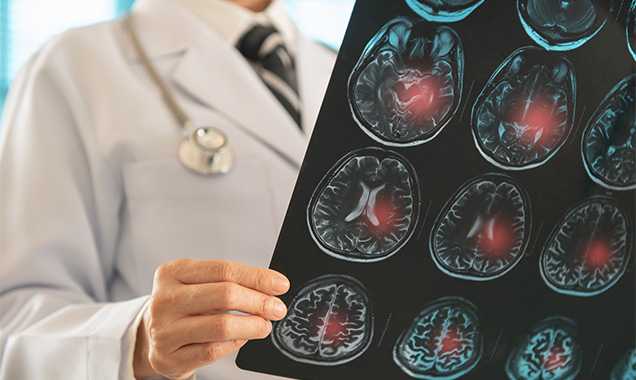
Stroke
What is stroke?
What is a stroke?
A stroke is a sudden medical emergency that occurs when blood flow to part of the brain is blocked or a blood vessel bursts, causing brain damage. There are two main types of stroke: ischemic (caused by a blocked vessel) and hemorrhagic (caused by bleeding). Atrial fibrillation, a type of irregular heartbeat, can increase the risk of ischemic stroke by leading to the formation of clots that may travel to the brain.

Symptoms
Stroke symptoms usually appear suddenly and require immediate medical attention. Common signs include difficulty speaking or understanding speech, numbness or weakness - especially on one side of the face, arm, or leg - vision problems, a severe headache, dizziness, and loss of balance. Remember the FAST test: Face drooping, Arm weakness, Speech difficulty, and Time to call emergency services. Acting quickly can save lives, reduce long-term damage, and improve recovery outcomes.

Causes, Risks & Treatment
Causes, Risks & Treatment
A stroke can occur when blood flow to the brain is disrupted or a blood vessel ruptures, damaging tissue. Risk factors include high blood pressure, diabetes, smoking, and especially atrial fibrillation (AFib) - a common heart rhythm disorder that promotes clot formation. In patients with advanced AFib, closing the left atrial appendage, where clots often form, can reduce this risk. Stroke is a medical emergency requiring urgent treatment. Prevention includes managing AFib, maintaining a healthy lifestyle, and using medications or procedures like ablation or left atrial appendage closure when needed.

We Care About Your Privacy
Medinice S.A. uses cookies to improve and customize users experience on our website. By selecting 'Accept', you consent to the use of all cookies that gather and use information about your interactions with our site to provide personalized content and enhance your digital experience. Please read our Privacy Policy for more information.